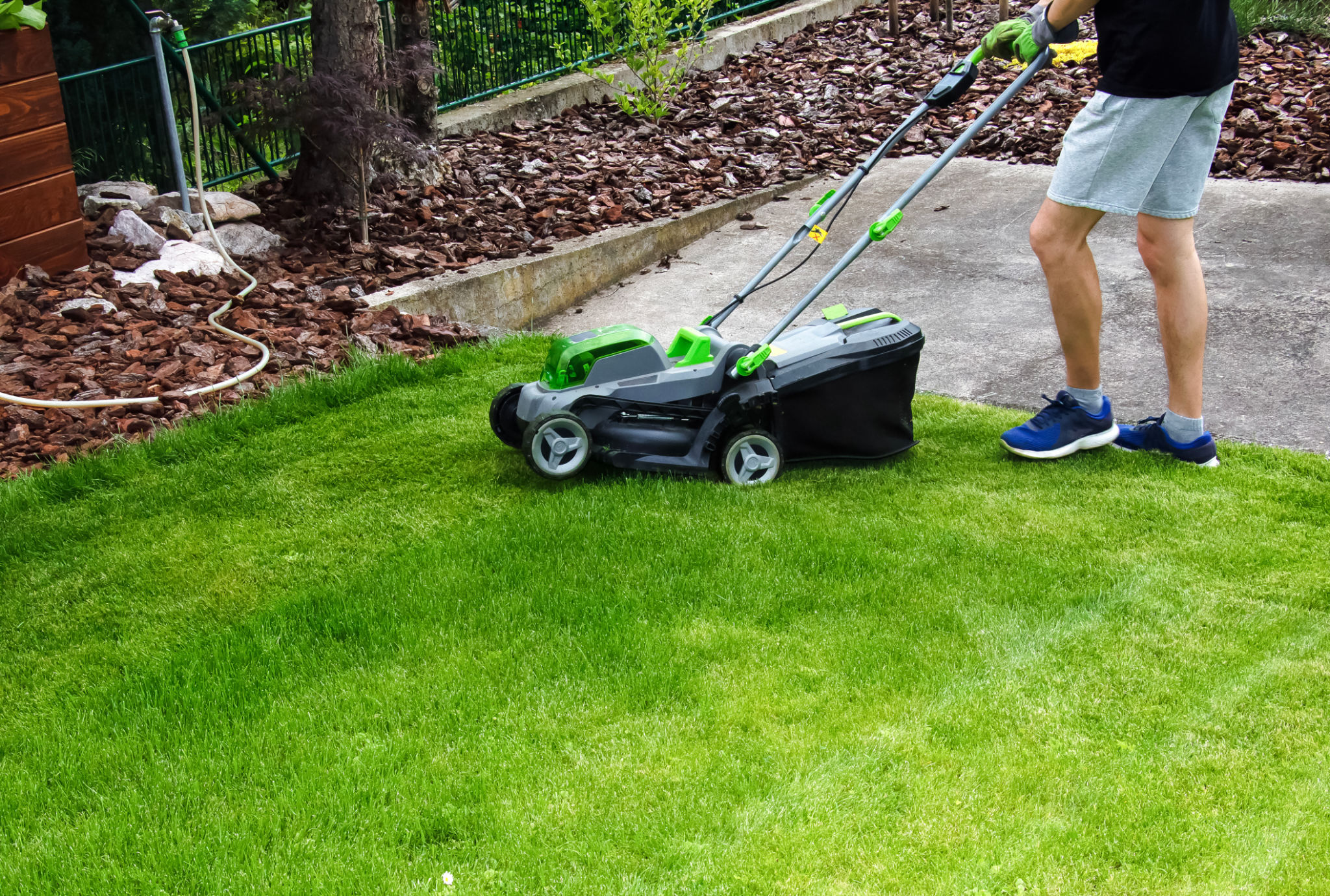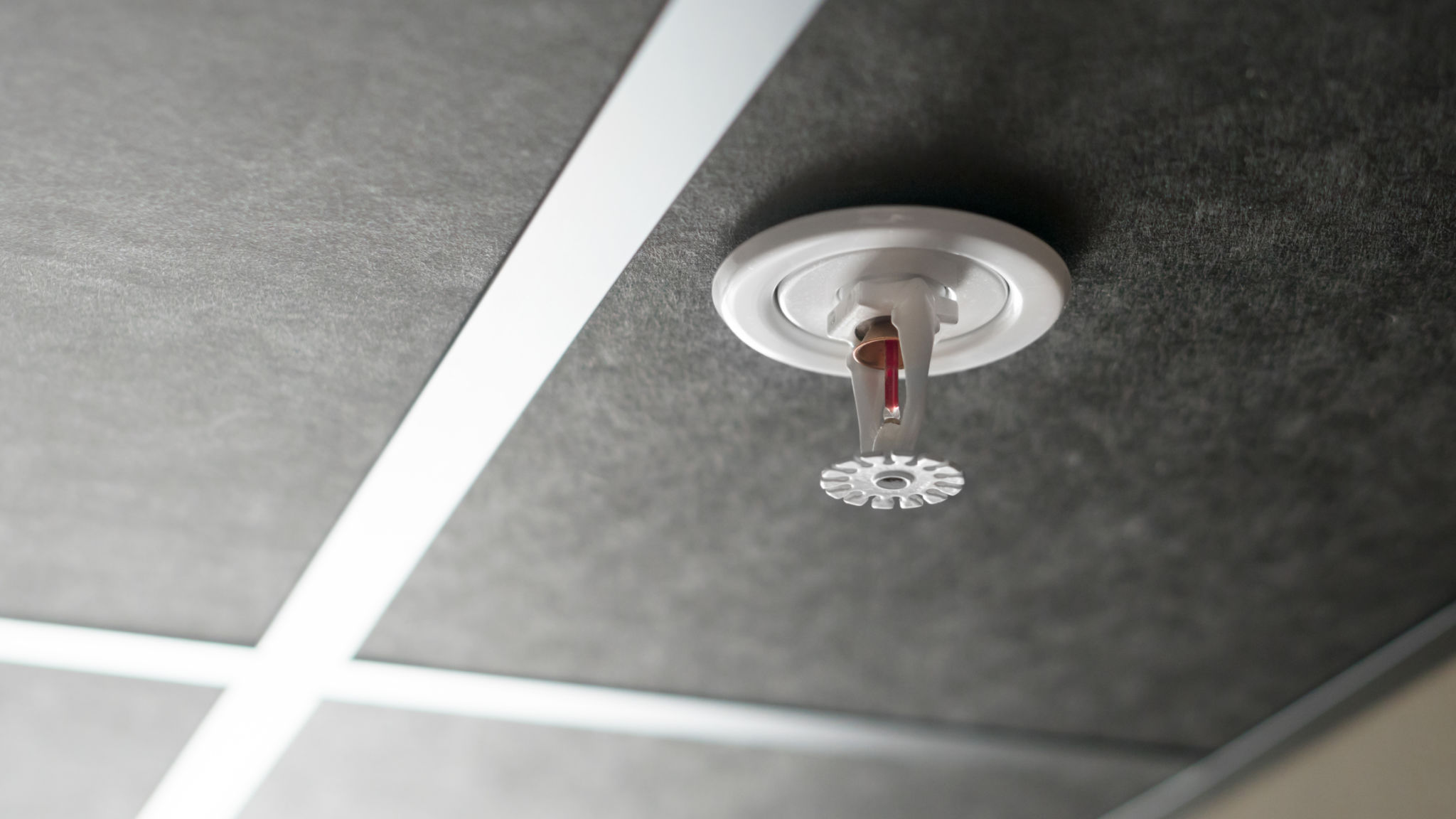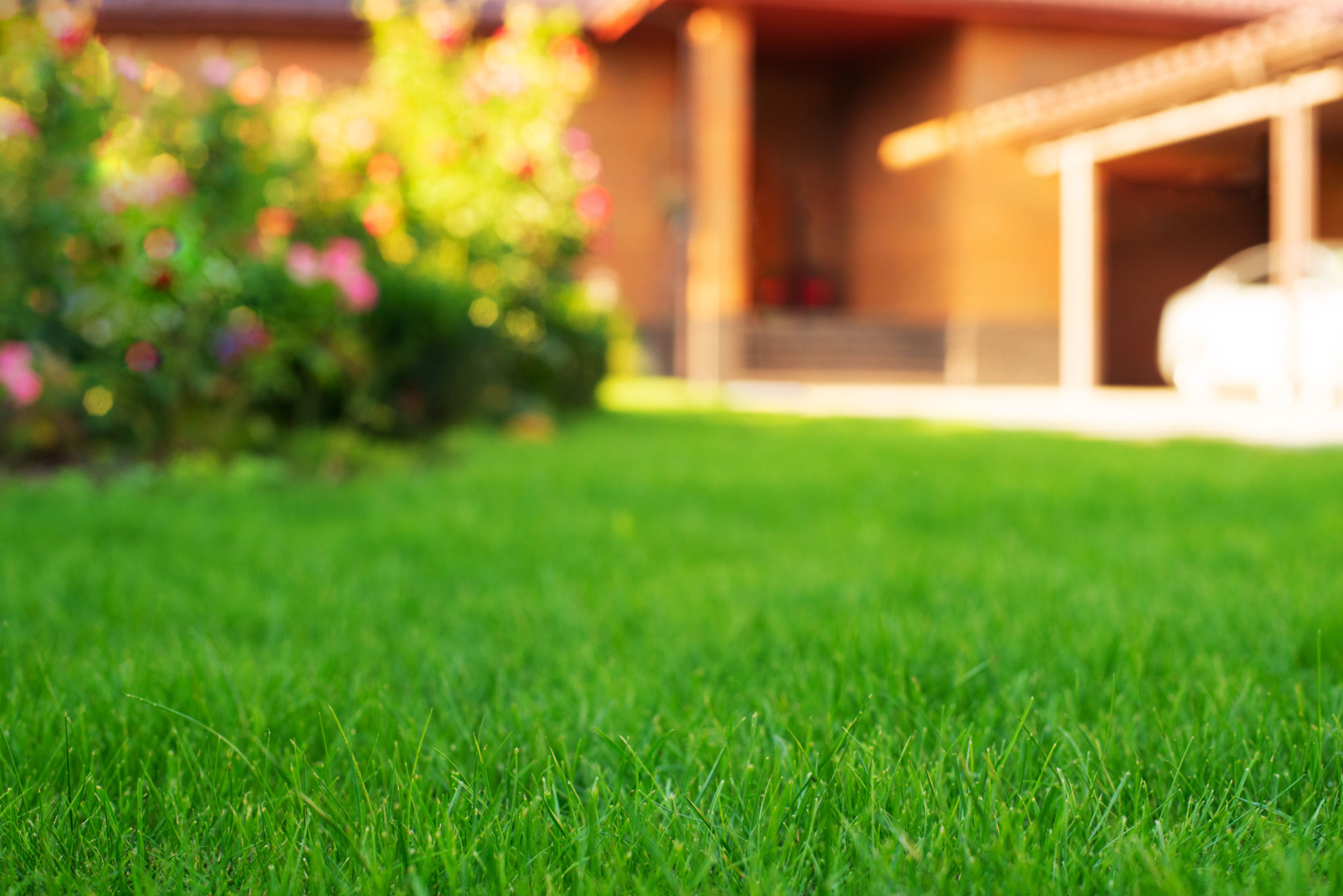Lawn Care Tips for a Beautiful Yard This Summer
HS
Prepare Your Lawn for Summer
As the summer season approaches, it's essential to start preparing your lawn for the warmer months ahead. A vibrant and healthy lawn doesn't happen overnight. It requires a bit of planning and effort. Begin by cleaning up your yard, removing debris, dead leaves, and twigs that might have accumulated over the winter. This will help your grass breathe and absorb nutrients more effectively.
Next, it's crucial to test your soil. Knowing the pH and nutrient levels of your soil will guide you in selecting the right fertilizers and amendments needed to create a thriving lawn. You can purchase a soil testing kit at your local garden center or contact a local extension service for assistance.

Watering Wisely
Watering is a key component of lawn care, especially during the hot summer months. However, it's not just about the amount of water but also the timing. Water your lawn early in the morning when temperatures are cooler to minimize evaporation. This ensures that your lawn gets the maximum benefit from each watering session.
Consider installing an irrigation system if you haven't already. It not only saves time but also ensures that your lawn receives consistent and adequate moisture. If you prefer manual watering, aim for about one inch of water per week, including rainfall.
Efficient Watering Techniques
To conserve water and promote deep root growth, water deeply but less frequently. This encourages roots to grow deeper into the soil, making your lawn more drought-resistant. Avoid shallow watering as it can lead to weak roots and increased susceptibility to pests and diseases.

Fertilize for Health
Fertilizing your lawn provides essential nutrients that grass needs to grow thick and lush. Choose a fertilizer that meets your lawn's specific needs based on your soil test results. A balanced fertilizer with a mix of nitrogen, phosphorus, and potassium is generally a good choice for most lawns.
Apply fertilizer at the recommended rate and timing for your grass type. Be careful not to over-fertilize, as this can harm your lawn and lead to nutrient runoff into waterways.
Mowing Techniques for a Perfect Lawn
Mowing is more than just cutting grass; it's about maintaining the right height for optimal health. Set your mower blades high to leave grass blades longer, typically around 3 inches. Longer grass blades provide shade for the soil, reducing water evaporation and suppressing weed growth.

Sharpen your mower blades regularly to ensure clean cuts, which help prevent disease. Additionally, avoid cutting more than one-third of the grass height at a time to minimize stress on your lawn.
Control Weeds and Pests
Weeds and pests can quickly turn a beautiful lawn into an unsightly mess. Regularly inspect your yard for signs of weeds and address them promptly with appropriate treatments. Hand-pulling or using natural herbicides can be effective for small infestations.
Pests like grubs and insects can also damage your lawn if left unchecked. Consider using natural pest control methods or consult with a professional if you suspect a severe infestation.
Preventative Measures
Implement preventative measures such as aeration and overseeding to promote a dense and healthy lawn that naturally resists pests and weeds. These practices improve soil aeration, enhance nutrient uptake, and fill in bare spots to prevent weed colonization.
